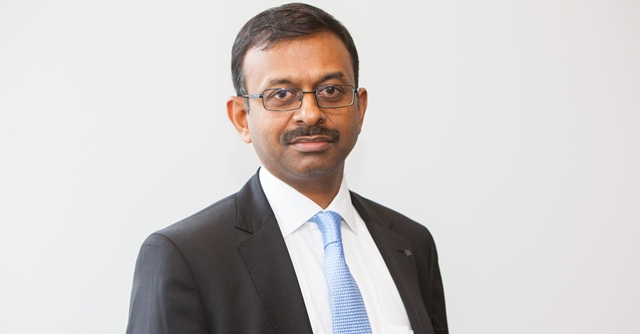
ER&D has become crucial engine for TCS’ growth: Sreenivasa Chakravarti


Engineering research and development (ER&D) is a burgeoning space because of the emphasis on digital innovation globally. The ER&D spending is expected to grow at an 8-9% CAGR in the 2023-2030 time period, a Nasscom-BCG report in October 2023.
The growth in this sector has prompted traditional IT service providers to rush for a piece of the pie. Case in point, the largest IT services provider in the country Tata Consultancy Services. ER&D offers a fresh approach, not necessarily in engineering itself, but in areas such as re-engineering products, improving energy efficiency, digitalising products, and advancing software and autonomous systems, said Sreenivasa Chakravarti, Vice President, IoT and Digital Engineering.
“This is a high-growth driver and has become a crucial engine for TCS’ growth. It’s helping us build significant, marquee relationships because we’re now engaging with the very core of these businesses. We’ve moved beyond just managing enterprise systems and are now working deeply with many manufacturing-centric companies,” he added.

TCS has developed global lab networks across different areas around the world to serve and engage with clients in this domain. The most recent one was opened in Cincinnati, Ohio to support rapid prototyping, experimentation, and large-scale implementation of technologies such as Artificial Intelligence (AI) and Internet of Things (IoT). “In today’s interconnected ecosystem, working in isolation doesn’t yield the best results. Collaboration with clients and partners is essential. Through this global lab concept, we’ve built unique capabilities and filed numerous patents across areas like electronic systems, healthcare systems, and more. We actively encourage and invest in R&D, paying close attention to these advancements,” Chakravarti said.
Within ER&D, domains such as automotive, healthcare, manufacturing offer bigger scope for growth. The sectors reflect where the bulk of market interest lies, with the largest investors leading the charge.
“The automotive industry is a major part of the technology puzzle. It has been at the forefront of adopting new technologies, from connectivity to autonomous capabilities, and now the shift to electric vehicles. This evolution has made the auto industry a key player in technological advancements, and we’ve been a significant participant globally, partnering with almost every large OEM across continents, from Japan to Europe and North America,” he said.

For TCS, in addition to automotive, early adopters include medical devices, which require advanced intelligence, and telecom and media, which also picked up quickly. Industrial equipment, such as machinery used in mining and utilities, are also heavy users of these technologies.
Chakravarti claims that despite much competition in ER&D and digital engineering, TCS has been able to hold its ground.
“While we don’t focus on competitors, our IT strength is a key differentiator. As a larger organisation, we offer a wide range of capabilities, from enterprise solutions to infrastructure management, and we’ve nurtured our engineering services, R&D, digital engineering, and IoT offerings as core strengths. Our long-standing relationships with major global engineering and manufacturing companies — some spanning over two decades — allow us to consistently deliver high-quality work, far surpassing many others in the field,” he said.

From an India perspective, India is expected to increase its share of global ER&D sourcing market from 17% in 2023 to 22% in 2030, the Nasscom-BCG report quoted above has shown. Digital engineering in particular will contribute close to 50% of all ER&D expenditure by the end of this decade, which in turn increase the convergence between software and traditional engineering stack.
“India’s vast knowledge pool presents a tremendous market opportunity. The overwhelming demand means that companies looking to scale will inevitably turn to regions like India for support,” concluded Chakravarti.
